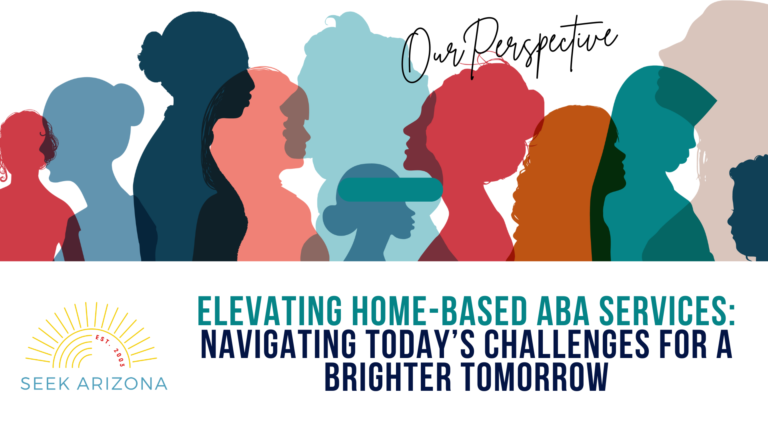
The field of Applied Behavior Analysis (ABA) stands at a transformative crossroads. As awareness and diagnoses of Autism Spectrum Disorder (ASD) increase, so does the demand for ABA services, a testament to the essential role we play in these children’s lives. Yet, despite this growth and significant investments into clinic-based programs, the true challenge lies in bolstering our home-based services, where the impact on families can be most profound.
The Current Landscape of ABA Provider Recruitment
Recent years have seen a notable shift, with private equity capital enhancing the appeal of clinic-based ABA by offering higher salaries and structured workdays. This model, primarily targeting early intervention, offers clear benefits but often overlooks older children and adolescents who require flexible, tailored interventions that home-based services are uniquely positioned to provide.
Bridging the Gap in Service Provision
Our understanding of ABA’s impact is deepening, particularly the effectiveness of home-based interventions. Studies have consistently shown that interventions conducted in natural settings foster skills that are more sustainable and generalize beyond the therapy sessions. This approach not only supports the child but actively involves families in the process, creating a collaborative environment that extends the benefits of our interventions.
Addressing Recruitment Challenges
The allure of clinic-based positions is undeniable—they promise competitive compensation and collegial support. However, this has led to a scarcity of professionals in home-based roles, where they are needed most. This disparity calls for innovative strategies to attract and retain talent in home-based settings:
- Competitive Compensation and Incentives: We must explore creative compensation strategies that extend beyond salary—such as bonuses, flexible schedules, and travel reimbursements—to make home-based roles as attractive as their clinic-based counterparts.
- Cultivating a Supportive Network: Just as clinics provide a community for their staff, we must replicate this support system for home-based professionals. By fostering a network of peers through regular consultations and virtual meetings, we can mitigate the isolation often felt in field-based roles.
- Showcasing the Impact of Home-Based Work: Highlighting the meaningful change our staff can effect in the home setting can shift perceptions. Through success stories and testimonials, we can illustrate the profound impacts of home-based ABA, appealing to those driven by purpose and community impact.
- Flexible Service Hours: Addressing the logistical challenges of home-based services means accommodating the varied schedules of families. By offering services outside traditional hours and employing staff willing to work flexible shifts, we can better meet the needs of our communities.
- Promoting Long-Term Career Opportunities: We recognize the unique challenges and learning opportunities home-based settings offer, which can greatly enhance a clinician’s expertise. Emphasizing these opportunities for growth and development can attract professionals eager to advance their skills in a high-impact environment.
Conclusion
As leaders in the ABA field, we face the imperative to not only meet the current demand but to anticipate and shape the future of our services. The road ahead will require resilience, creativity, and a commitment to our core mission: to deliver exceptional care that changes lives. Together, we can redefine what it means to work in ABA, creating a model that supports our professionals and serves our families where they are most comfortable—at home.
